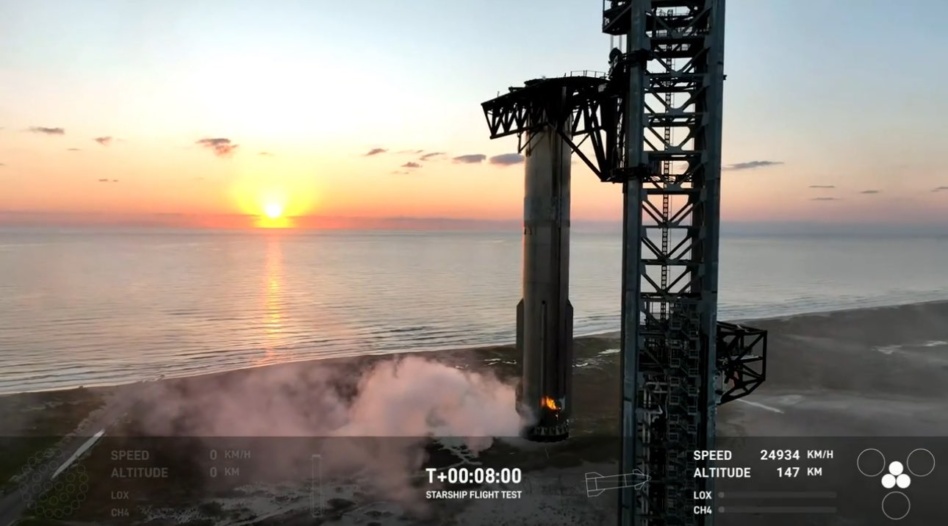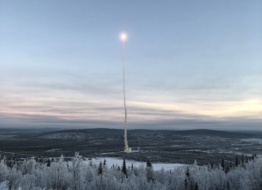SpaceX nailed the first attempted catch of a Super Heavy booster on Sunday morning, making history and paving the way to Starship reusability.
More details: Starship lifted off for its fifth test flight at 8:25am ET. After sending Starship to space, the Super Heavy booster started making its way back to the Texas launch pad it had left just a few minutes ago.
The booster’s engines relit, gradually slowing it down as it approached the launch tower. It then hovered next to the tower as the two chopsticks, dubbed Mechazilla, closed around the booster to catch it, sparking loud applause from SpaceX staff.
SpaceX has a lengthy blooper reel of exploding boosters—evidence of how long it took them to nail Falcon 9’s slow descent and recovery. The chopstick catch working on the first try is a historic moment for the company.
“I admit I did not expect this to work,” astronomer Jonathan McDowell wrote on Twitter.
The why: Being able to catch boosters is a giant leap towards Starship’s reusability that will make an increased pace of commercial missions possible. It’s also critical for landing on uneven terrain (ie: the Moon and Mars) where a Falcon 9-esque landing on a flat pad would be difficult.
What’s next: It’s unclear when Starship will fly again, but regulatory delays aren’t likely to impact the timeline. The FAA approval for Flight 5, which covered the launch, catch, and a water landing for Starship, also included approval of the Flight 6 mission, the agency announced Saturday. That means SpaceX has the regulatory green light to fly, as long as they don’t make any changes to the planned mission.




